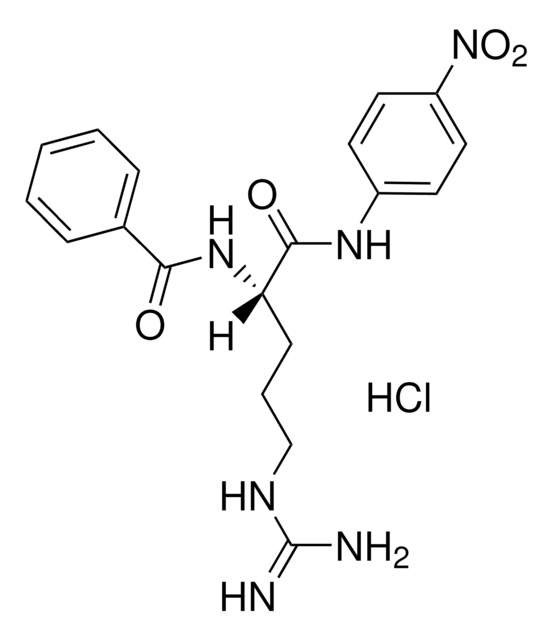As mentioned in the 'PROPERTIES' section for this product, this item should be stored in -20°C before and after opening. The solution stability of this product has not been determined. However, various sources indicate stock solutions may be stored at -80°C for 6 months and at -20°C for 1 month.
04668
O-Phospho-L-homoserine lithium salt
≥95% (TLC)
Synonym(s):
O-Phosphono-L-homoserine lithium salt, L-2-Amino-4-hydroxybutyric acid 4-phosphate lithium salt, L-Homoserine O-phosphate lithium salt, H-Hse(PO3H2)-OH
About This Item
Recommended Products
Assay
≥95% (TLC)
form
powder
optical activity
[α]/D -18.0±2.0°, c = 1 in H2O
color
white to off-white
storage temp.
−20°C
SMILES string
[P](=O)(OCC[C@H](N)C(=O)O)(O)O
InChI
1S/C4H10NO6P/c5-3(4(6)7)1-2-11-12(8,9)10/h3H,1-2,5H2,(H,6,7)(H2,8,9,10)/t3-/m0/s1
InChI key
FXDNYOANAXWZHG-VKHMYHEASA-N
Related Categories
Storage Class Code
11 - Combustible Solids
WGK
WGK 3
Flash Point(F)
Not applicable
Flash Point(C)
Not applicable
Choose from one of the most recent versions:
Certificates of Analysis (COA)
Don't see the Right Version?
If you require a particular version, you can look up a specific certificate by the Lot or Batch number.
Already Own This Product?
Find documentation for the products that you have recently purchased in the Document Library.
-
What are the recommended storage conditions before and after opening? If I prepare a stock solution, can it be stored? If yes, under what conditions and for how long?
1 answer-
Helpful?
-
Active Filters
Our team of scientists has experience in all areas of research including Life Science, Material Science, Chemical Synthesis, Chromatography, Analytical and many others.
Contact Technical Service








